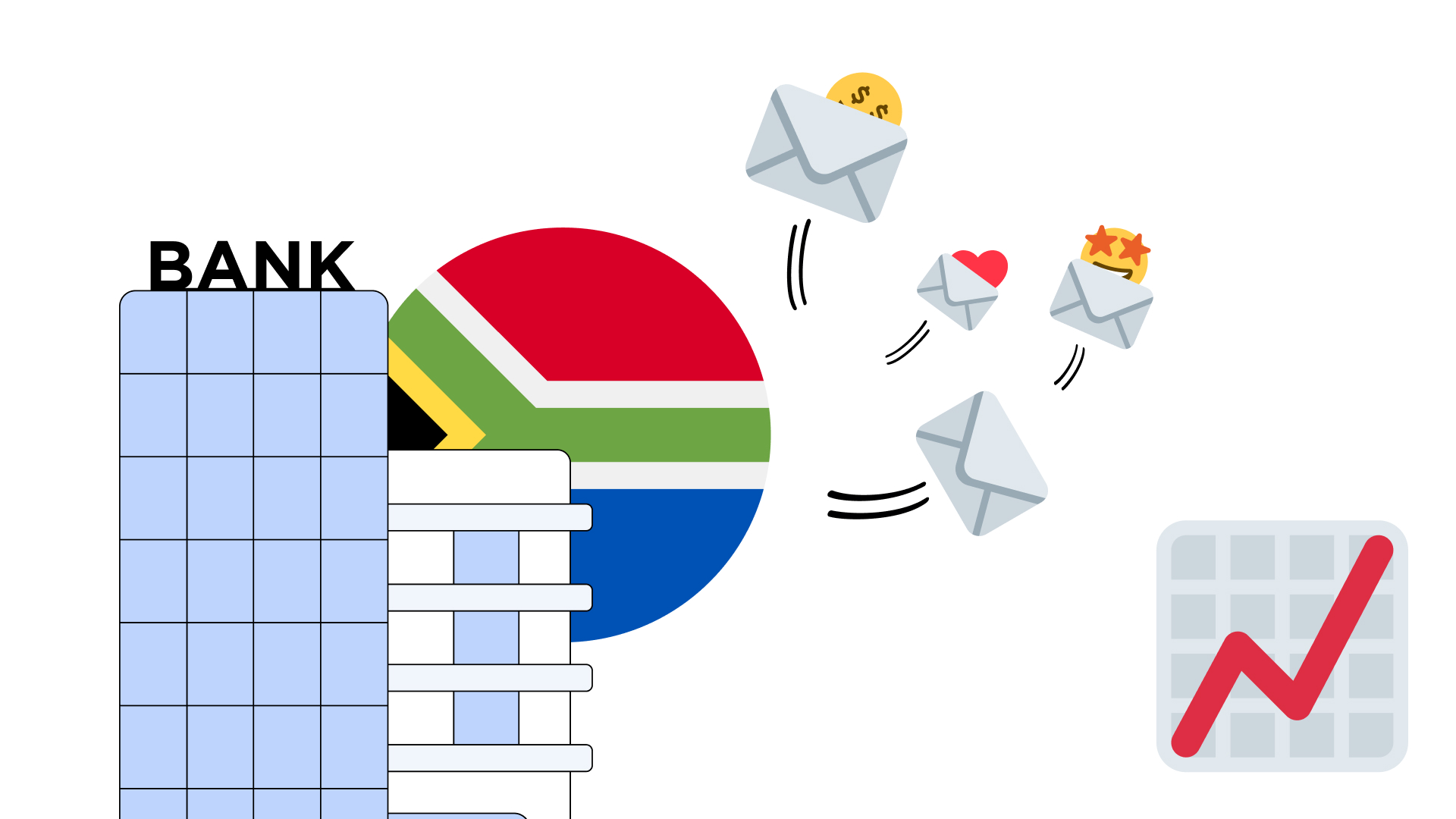How Banks in South Africa Can Enhance Communication with Clients
First-hand review of customer communication in banking on an African continent.

South Africa has one of the most vibrant banking sectors in Africa. In fact, the sector is renowned across the globe. The biggest banks in the country include Standard Bank, Capitec, FNB, and Absa. Of these, Standard Bank is the largest in terms of capitalization, while Capitec is biggest in terms of client numbers.
Whatever their sizes, customer communication is one of the key elements that have made South African banks so successful. But what tools do these banks and other financial institutions in the country use to communicate with their clients? And what can they do to enhance communication in a world of social media?
Table of contents
Call centers
Call centers are probably the biggest tool that banks and other businesses in South Africa use to communicate with their clients. Part of this preference probably has to do with what one may term cultural preferences among South Africans.
People are much more comfortable talking over the phone than communicating through other means. As an example, Capitec call center number is a commonly sought-after term on Google and other platforms. The same applies to the term Nedbank call center number .
The great thing about call centers, or customer care centers, is they allow banks to provide real-time support to their customers. It’s better than having someone send an email that will be read after a while.
Real-time communication is crucial for banking. If, as an example, a person has lost their card, they will want to have it blocked there and then. Banks in South Africa offer toll-free numbers that their customers can use to make inquiries. That’s important considering that it can take a couple of minutes to resolve an issue over the phone.
Social media
Social media is another useful tool that is used by South African banks to communicate with their clients. All the major banks have a presence on some of the world’s biggest social media platforms, including on Facebook, Instagram, and Twitter.
That’s not surprising considering that about 59.3% of South Africans use social media in one capacity or the other. Facebook is the most popular social networking site in the country. It’s used by around 26% of people.
For bank communications, the most popular social media platforms are Facebook and Twitter. If you go to Twitter, you will notice that a lot of people reach out to banks on this platform for answers relating to various queries. The same applies to Facebook. All the major banks have Facebook pages that they use to interact with their customers.
The death knell for email hasn’t arrived yet despite what many people thought a decade or so ago. Today, email remains one of the major communication tools for businesses. In South Africa, email is extensively used by banks when interacting with their customers.
The good thing about email is that it is ideal for official communications. Both parties retain copies of the correspondence, making it easy to refer back in the future. Email does have the disadvantage of not being instantaneous, but it’s still an important communication tool for businesses.
Live chat
Live chat is sadly missing.One of the things that were noted during this research was that live chat is a missing component when it comes to communication between South African banks and their customers. Of all the banks that were featured here, none had a live chat feature on their website.
Of course, there are other ways of reaching out live to these banks, but having live chat would enhance the customer experience. Most banks have quasi-live chat elements on social media platforms such as Facebook. They respond quickly enough to queries, but again, it would be great to have a live chat.
Communication consolidation
Banks should consider consolidating their communication channels for easier management.The above discussion was dedicated to showing you the state of the communications environment between South African banks and their customers. It was noted that there are a number of tools that are in use in this regard. One of these major elements was seen to be social media.
One challenge that can arise is the fact that there are so many platforms on which people communicate with their banks that it can be hard for anyone to manage all of them at once. As an example, a bank may be using Twitter, Facebook, Instagram, Live chat, WhatsApp, and other platforms.
Wouldn’t it be better if there was a way through which all these tools could be consolidated into one for easier management? The great thing is that there are tools out there that can be used in this regard.
An example of this is Umnico. This is an omnichannel messaging platform that combines all the popular communication tools such as Facebook, WhatsApp, Twitter, Telegram, Instagram, and Viber into one dashboard. The result is improved communication for your business, which helps boost sales.
Umnico is a good example of the tools that South African banks can use to increase their reach and boost their performance. In fact, this is a tool that can be used by any business in the country.
With customers being found all over the place as far as social media is concerned, businesses need to get a tool that gives them consolidated oversight over what is happening so they don’t lose out on leads. Don’t hesitate to try out Umnico today!

Subscribe to Umnico news!
Be the first to get recommendations and up-to-date information
